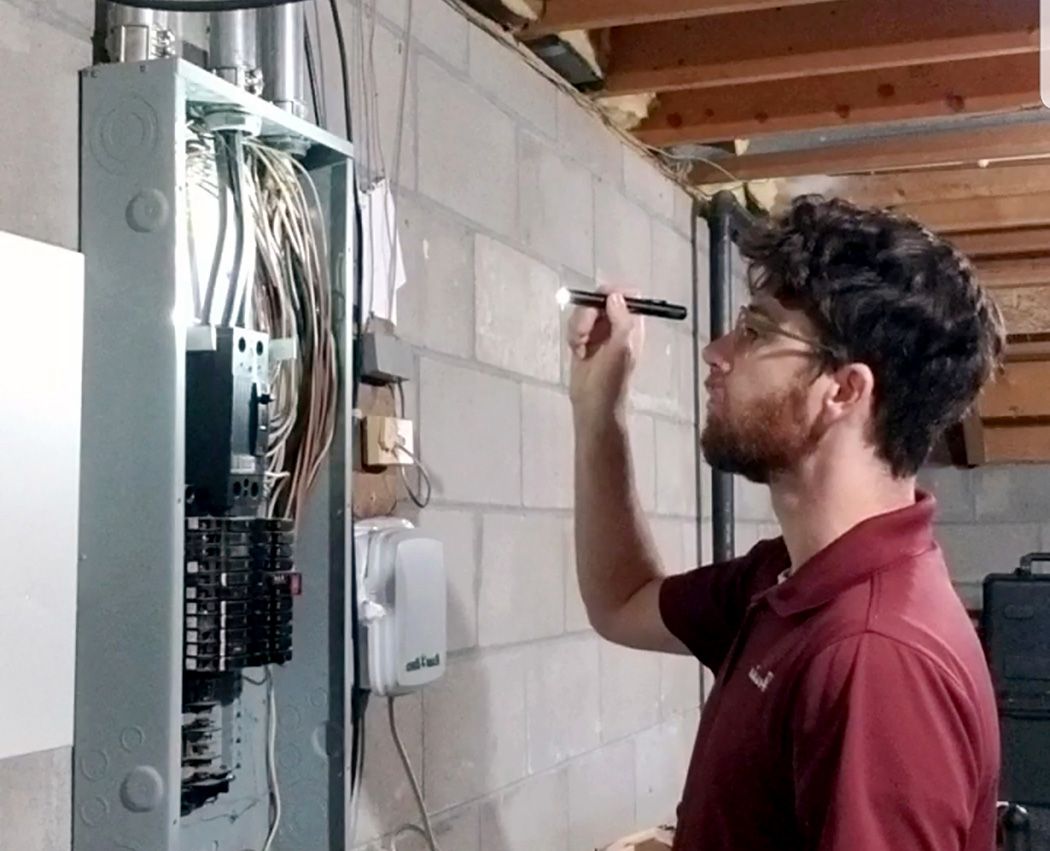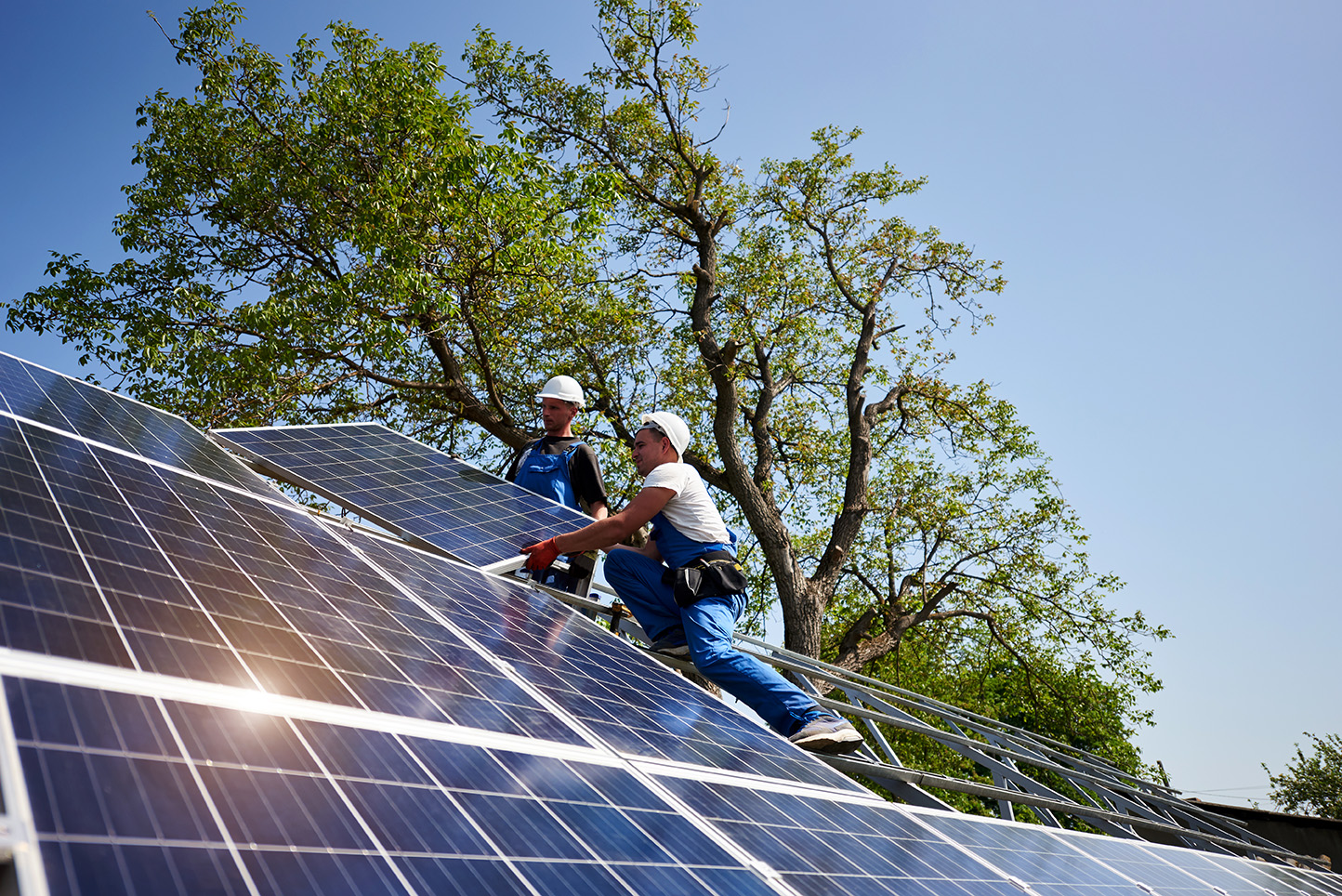ENERGY EFFICIENCY
Maximizing Home Energy Efficiency: Practical Insights and Real-Life Examples
At Home Standards, we take great pride in being a valuable source of information, especially during the home inspection process. One frequent topic we encounter is home energy efficiency. We often hear questions like, “Is my home well insulated?” “How can I enhance its comfort level?”, or “Do I need new windows?”. Understanding the efficiency of a home is crucial as it directly impacts the monthly expenses of a homeowner. They need to be aware of potential costs. Additionally, home buyers are keen to learn which upgrades offer the most value for their investment.
Construction styles have evolved over time, affecting homes’ appearance and efficiency. This varies significantly with the age and design of the property. For instance, my first home, located in the Morton Meadows neighborhood of Omaha and built in 1928, was a modest two-bedroom house with a finished half-story upper floor. Due to the converted attic space, more insulation was needed. The house retained its original leaded glass windows and counterbalance ropes. While replacing the windows wasn’t within our budget, we preserved their character by re-glazing them, adding weather stripping, and installing storm windows where needed. We also insulated our largest window in the master bedroom with plastic sheeting during winter.
In contrast, my current residence, a ranch-style home built in 1953, features primarily modern double-pane windows in excellent condition. Originally, it had about 4 inches of insulation. Although a previous owner had added a bit more, the total was still only 6-8 inches, and they had inadvertently blocked the soffit vents. To improve this, I installed about 9 inches of blown-in fiberglass insulation in the attic, significantly increasing its R-value. Before this, I set up proper baffles to maintain ventilation in the attic space.
This section aims to provide clear, practical advice on enhancing your home’s energy efficiency and lowering your carbon footprint. These recommendations are tailored to help you make informed decisions about your home’s energy use and environmental impact.

JESSIE FISHER
Inspector & Home Energy Score Program Coordinator
Mobile: 402-660-4789

From Frozen Diapers to Solar Panels: A Personal Journey in Rural Energy Transformation
My family’s roots are deep in Nebraska soil. We come from generations of farmers, and my own story began in a drafty farmhouse near Kearney. Winters were harsh, with tales of my baby blankets freezing before the cob stove’s warmth could reach them. Back then, in the 1930s, electricity was a luxury many rural families couldn’t afford. That changed with the transformative Rural Electrification Act of 1936, bringing light and eventually telephones to countless farmhouses and revolutionizing rural life.
Today, a similar wave of change is brewing with the Rural Energy for America Program (REAP). Just like the REA in its time, REAP offers crucial support for renewable energy and energy efficiency in rural areas. Former Governor and Secretary of Agriculture Mike Johanns even called it “the most significant effort in rural electrification since 1936.”
For many farmers, high energy bills are a constant struggle. Some spend thousands each month. REAP can be a game-changer, helping them switch to solar power. With potential payback periods as short as three years, farms can become self-sufficient energy powerhouses with equipment warranties lasting 25 years. And it’s not just farmers; small businesses across rural Nebraska can benefit, too.
This energy revolution isn’t just for rural folks. Whether you’re a city dweller leaning green or a nature enthusiast who enjoys the occasional hunt, there are incentives for sustainable choices in housing and transportation. Take me, for example. I made the switch from construction trucks to a smaller car and building inspections over 25 years ago. But when Ford unveiled the electric truck, I was hooked. With incentives, it cost no more than my old Subaru, let me keep up with friends, and saved me a cool $250 on monthly fuel. And to tackle electricity bills? Solar panels on my roof!
Some might call me a “tree hugger” now, but that’s not the whole story. While bear hunting isn’t my thing, I’ve enjoyed my share of pheasant and rabbit hunts. Our journey from rural to suburban living has been rich and eventful.
STEVE VACHA
President | Certified Inspector ACI & ASHI
Mobile: 402-660-9988
